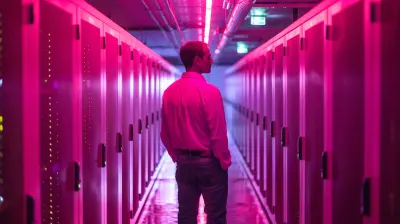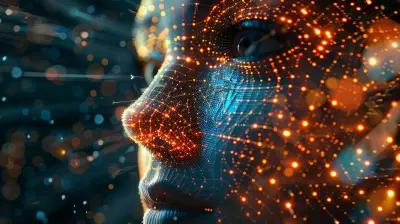How IoT is Changing the Face of Indoor Farming
7 October 2025
Let’s take a moment and imagine this: you're eating a salad in the middle of winter, and your tomatoes taste like they just came off the vine. No, they aren't smuggled in from sunny Spain. They were grown in a warehouse down the street, under LED lights, with zero soil, and their growth was managed by... wait for it... the Internet.
Welcome to the world of indoor farming supercharged by the Internet of Things (IoT).
In this article, we're diving deep (not hydroponics-level deep, but close) into how IoT is turning the humble act of growing food into a high-tech, data-driven, and—dare we say—slightly sci-fi experience.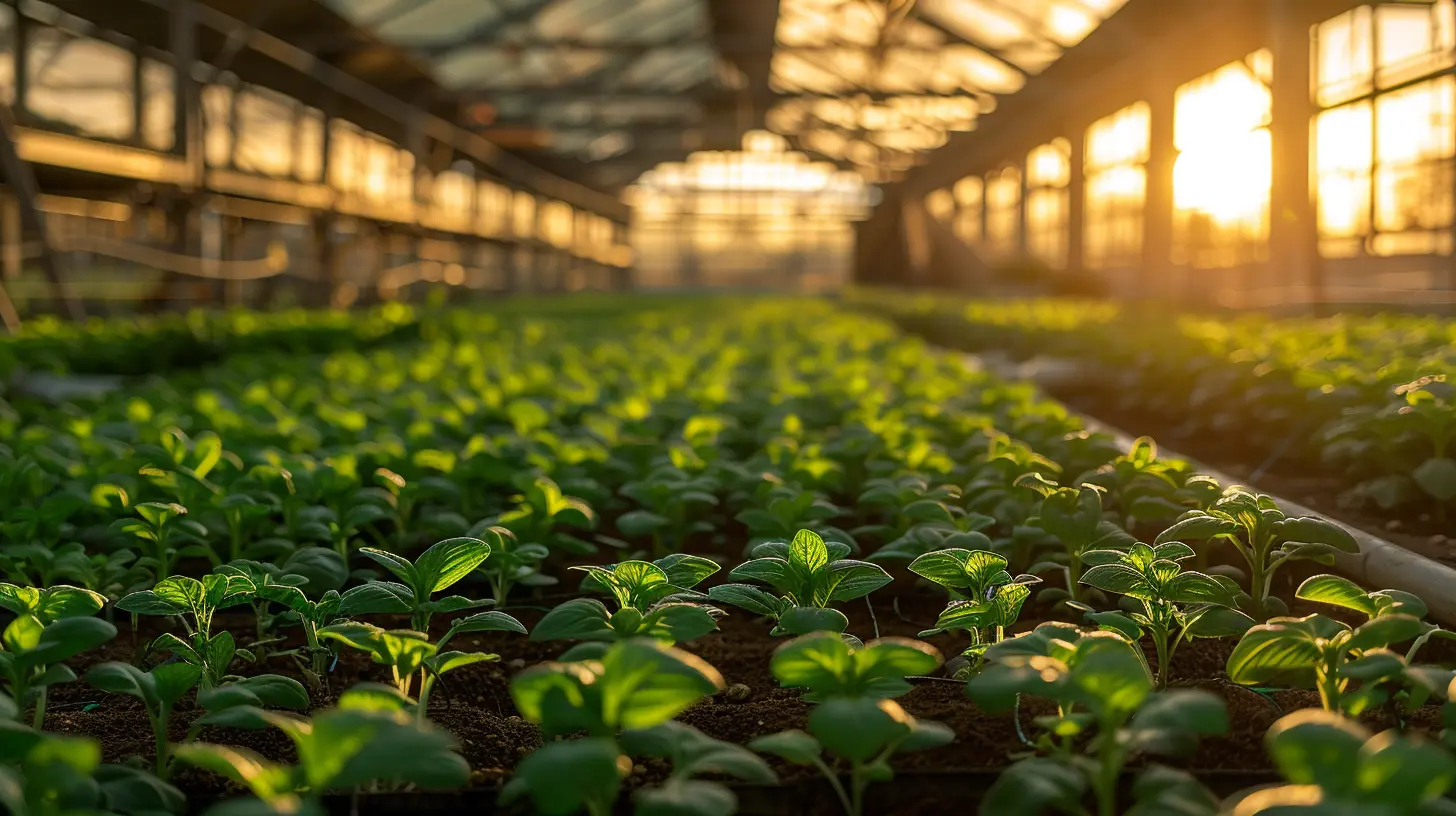
What Even Is Indoor Farming?
If you're picturing your grandma's aloe vera plant sitting on a windowsill, think again. Indoor farming is a high-tech operation often involving vertical farming, hydroponics, aeroponics, and other futuristic sounding setups that bring agriculture indoors. Like, indoors indoors—think warehouses, basements, even retrofitted shipping containers.And yes, it’s real farming. Only with a lot more LED lights, sensors, and buzzwords.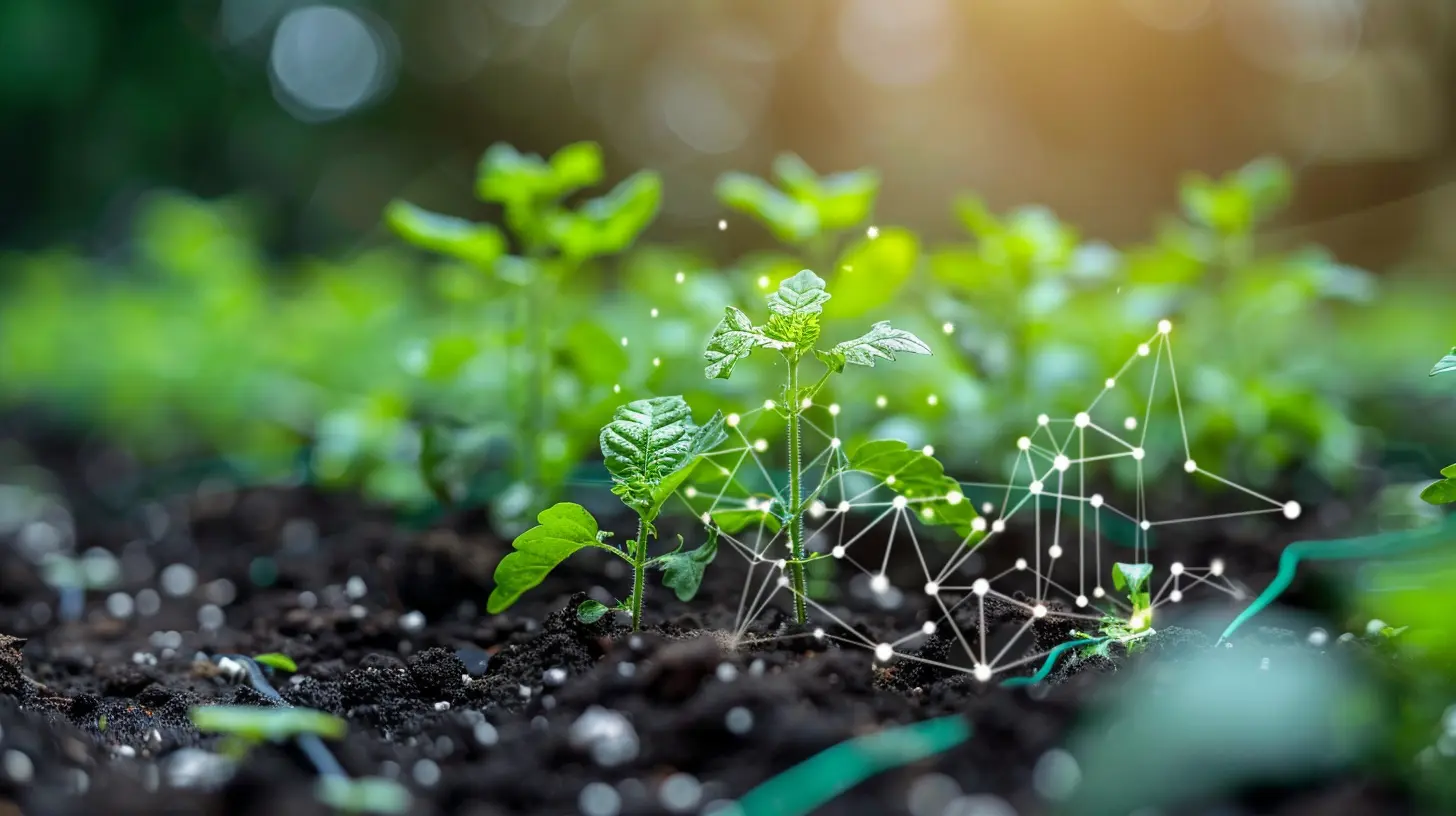
Enter IoT: The Nerdy Hero of Agriculture
So, what’s IoT doing in a farm? Isn't that stuff for smart fridges and voice assistants that totally ignore you when you need them? Kind of, but… much better behaved.IoT (Internet of Things) refers to a connected network of smart devices that collect, share, and act on data. In the context of indoor farming, these devices include sensors, controllers, cameras, and software—all working tirelessly like caffeinated elves to optimize plant growth.
Sounds cool? It is. Let’s unpack how IoT is revolutionizing indoor farming one Wi-Fi-connected tomato at a time.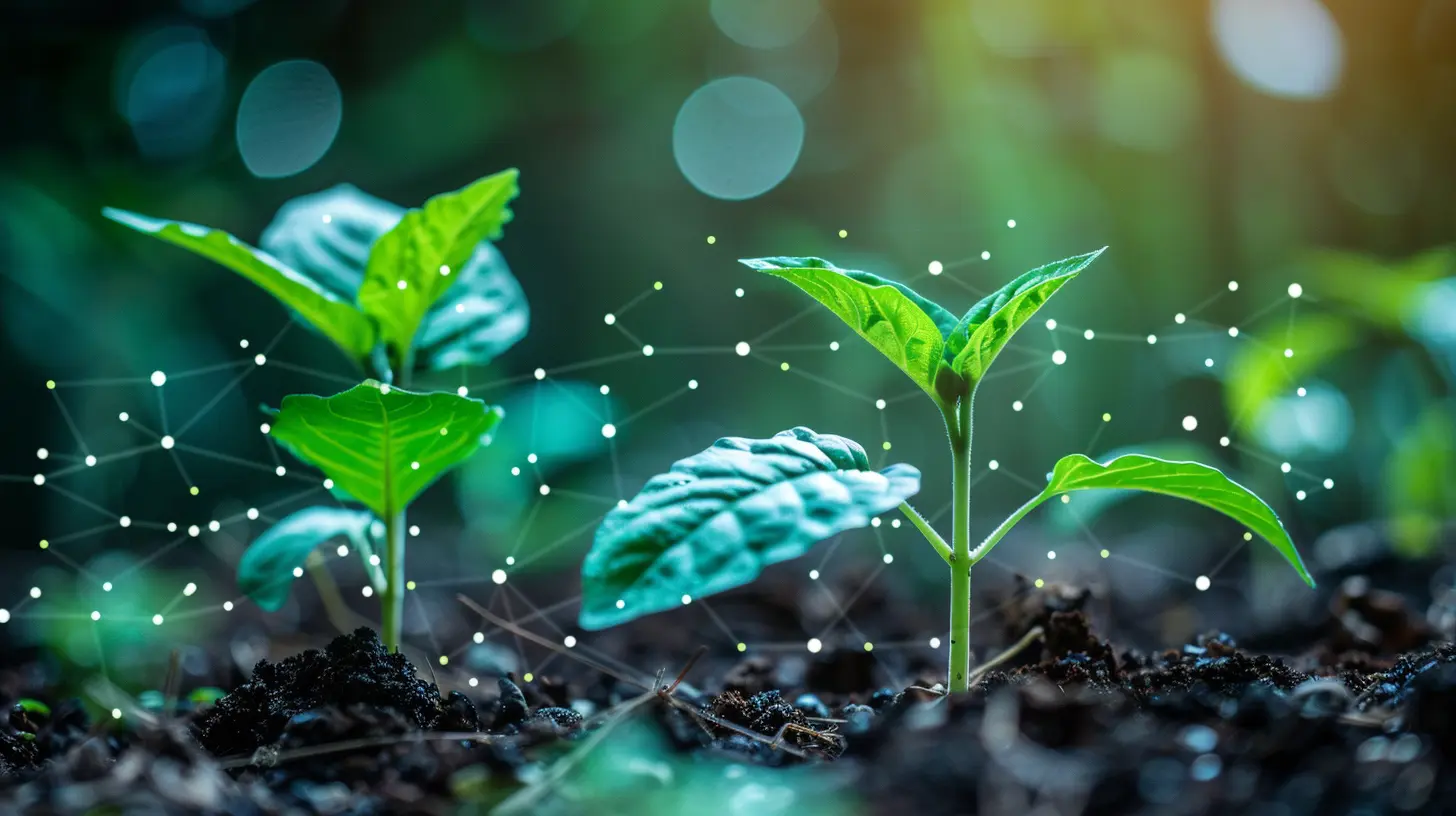
1. Precision Farming: Because Plants Deserve the VIP Treatment
Plants can’t talk (at least not in a language we understand), but IoT devices can speak for them.Plants' Personal Concierge
With IoT sensors, farmers can monitor:- Soil moisture (yes, even in hydroponic systems)
- Humidity levels
- Light intensity and spectrum
- Temperature
- Nutrient concentrations
Gone are the days of guessing if your lettuce is thirsty. Now, a sensor will tattle when it needs a little drink or a sunbath.
It's like giving each plant its own Fitbit—except instead of counting steps, it’s counting parts per million of nitrogen.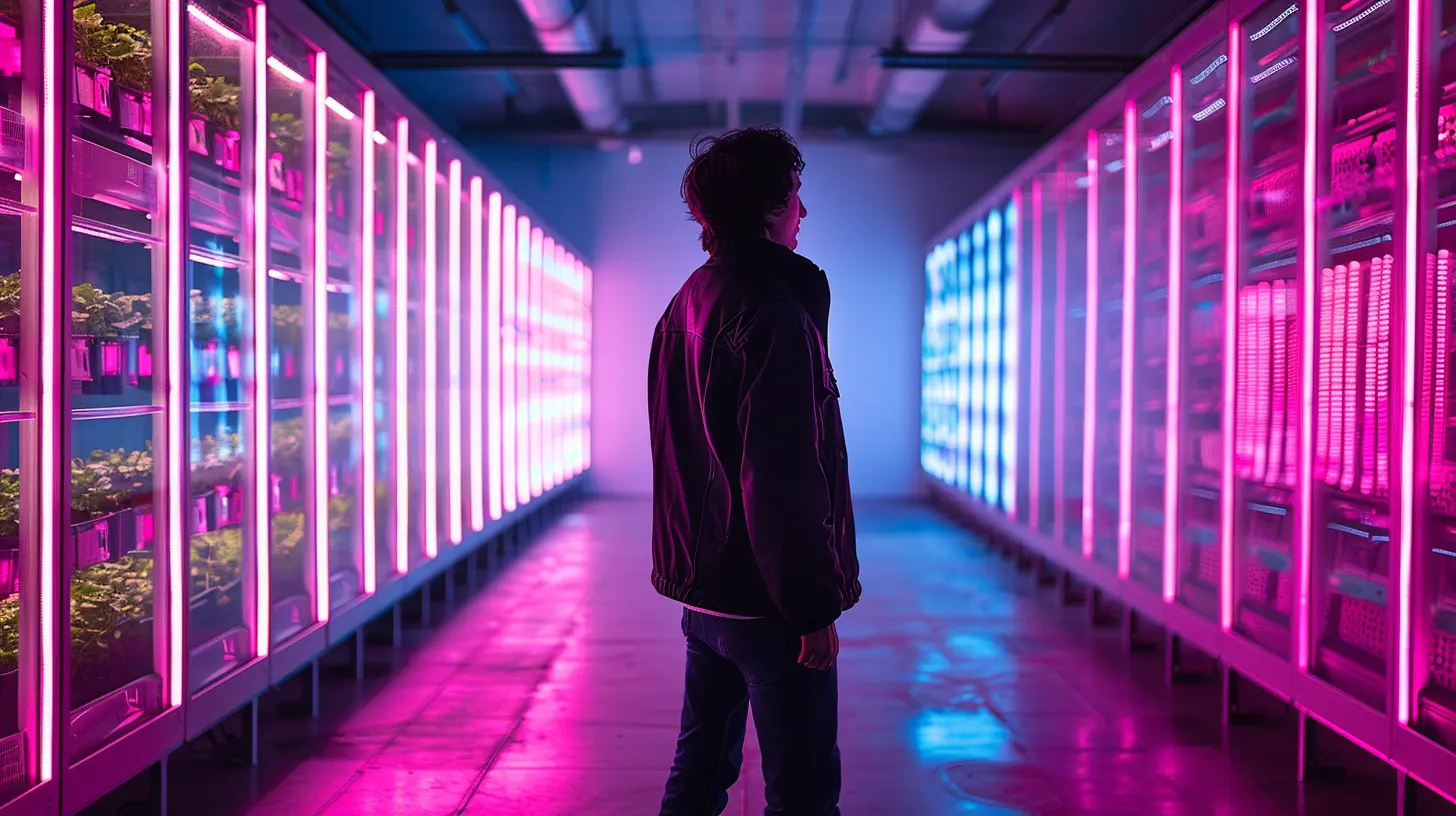
2. Automation: The Robots Are Coming—and They’re Awesome
Look, farming is hard work. Backbreaking, time-sucking, messy work. But with IoT-controlled automation, the dirt-under-the-nails experience is (almost) a thing of the past.Set It and Forget It… Sort Of
IoT systems allow you to automate:- Watering schedules
- Lighting cycles
- Nutrient delivery
- Ventilation and climate control
Instead of waking up at 5 AM to water the basil, the system just does it. Like clockwork. Only less cranky before coffee.
And if something's off—say, humidity rises to rainforest levels—your phone buzzes faster than a microwave popcorn bag about to explode. Alerts, dashboards, and mobile apps keep farmers in the loop, whether they’re in the greenhouse or binge-watching Netflix.
3. Data, Glorious Data: Farmers Gone Full Geek
Have you ever kept a plant alive and felt like you deserved a medal? With IoT, indoor farmers can go way beyond survival to actual optimization.Numbers Don’t Lie, But They Do Make Better Crops
Data collected from sensors can be used to:- Analyze growth patterns
- Identify potential issues early (before your crop goes all yellow and sad)
- Optimize resource usage
- Improve yields across harvest cycles
- Compare crop varieties under different conditions
This amount of data turns every farmer into a part-time data analyst. Suddenly, farming isn't just about green thumbs—it's about green spreadsheets too.
4. Remote Monitoring: Farming in Pajamas, Anyone?
Here’s where IoT really shines. Let’s say you’re halfway through a vacation piña colada when your strawberry crop’s CO2 levels spike. No worries—just log into your farm’s dashboard, make a few adjustments, and go back to sipping.Manage Your Farm from Anywhere
With real-time access to farm conditions, farmers can:- Adjust settings remotely
- Receive instant alerts
- Check visual feeds (yep, IoT loves pairing with cameras)
- View predictive analytics
This remote control level is like having The Sims, except the stakes are real, and the characters don’t go to the bathroom every five minutes.
5. Sustainability: Saving the Planet One Leaf at a Time
Sure, tech can make farming easier and more productive—but what about Mother Earth?Good news: IoT is giving indoor farming a major green halo.
Less Is More
IoT enhances sustainability by:- Reducing water waste through targeted irrigation
- Cutting energy use via optimized lighting schedules
- Minimizing fertilizer and pesticide overuse
- Shrinking carbon footprints via local, urban farming
Essentially, IoT helps grow more food with fewer resources. It’s like giving the Earth a much-needed breather—kind of like canceling plastic straws, but way more effective.
6. Crop Customization: Not All Tomatoes Are Created Equal
Ever eaten a tomato that tasted like cardboard? Let’s agree—life’s too short for flavorless food.Tailoring Taste with Tech
By collecting data on environmental variables and how they impact things like flavor, texture, and growth speed, IoT allows you to tweak conditions for the perfect crop.Want a sweeter cherry tomato? Adjust the light spectrum.
Need lettuce with a longer shelf life? Modulate the soil nutrients.
With IoT, the tastiness of your food is no longer up to chance—it’s engineered to perfection.
7. Pest Control with Spy-Level Surveillance
Pests in indoor farms? They’re crafty little buggers.But IoT’s got an answer for that too—surveillance.
The Bug’s Worst Nightmare
With connected cameras, heat sensors, and AI-powered detection, farmers can:- Spot problems early
- Isolate affected areas
- Use targeted (non-toxic) pest control
- Keep an eye on things 24/7
It’s like having a tiny security team dedicated to protecting your kale from infestations.
Challenges? Oh, You Bet.
Let’s not pretend IoT is a magical fix-all. There’s always a catch, right?Some major hurdles include:
- Cost: Setting up a full IoT farm system isn’t cheap. Sensors, software, automation—it adds up fast.
- Tech learning curve: Not all farmers are tech nerds by default.
- Connectivity issues: A Wi-Fi hiccup could throw a wrench in the works.
- Security: Hackers in your lettuce patch? It’s not sci-fi anymore.
But the industry’s evolving, solutions are becoming more affordable, and once you’re in the groove? Totally worth it.
The Future: Sci-Fi or Next Tuesday?
Picture this: An AI-driven indoor farm in the middle of a city that grows hundreds of crop varieties simultaneously, managed by three people, a dog, and a whole bunch of sensors.We're getting closer every day.
- Smart lights that mimic sunrise and sunset?
- Robotic arms that harvest lettuce autonomously?
- AI algorithms that predict the best crop for your setup?
Yeah, all that and a bag of microgreens.
Final Thoughts: IoT Isn’t Just Changing Indoor Farming—It’s Reinventing It
So, is IoT the future of indoor farming? That’s like asking if butter belongs on toast. (Hint: It does.)IoT makes indoor farming smarter, more efficient, more delicious, and more sustainable. It’s turning farms into data centers where every leaf is accounted for, every drip of water is logged, and every decision is backed by real-time data.
And let’s be honest—if we’re going to feed the growing global population, do it sustainably, and still have time to binge-watch cat videos, we’re going to need all the help tech can offer.
So next time you’re munching on those crisp greens in wintertime, raise a fork to the nerdy sensors and AI systems behind the scenes. Indoor farming’s new face? It’s glowing with LEDs and Wi-Fi signals—and it looks good.
all images in this post were generated using AI tools
Category:
Iot DevicesAuthor:

Gabriel Sullivan
Discussion
rate this article
1 comments
Iris Duke
This article beautifully highlights how IoT is revolutionizing indoor farming! It's exciting to see technology merging with agriculture, making it more efficient and sustainable. Can't wait to see how these innovations will shape our food systems and empower urban farmers everywhere! 🍅🌱
October 16, 2025 at 11:20 AM

Gabriel Sullivan
Thank you! I’m glad you found it inspiring. The future of agriculture with IoT is indeed bright! 🌿
